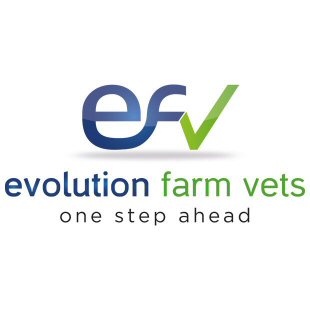Caesarean section is less frequently required in small ruminants compared to cattle, due to the lower frequency of feto-maternal disproportion as a cause of dystocia (only 1 in 5 compared with 1 in 2 in cattle). Maldispositions are by far the most common of the causes of dystocia in sheep and goats. These can usually be corrected per vaginum.
The most common indication for caesarean in small ruminants is obstruction of the birth canal with either soft tissue or bone.
In a study completed in goats, male kids required caesarean section more frequently than female kids (>2:1)1.
Where caesarean is completed as an elective procedure, the ewe/doe should be induced prior to the procedure if time allows. This should be completed with corticosteroids and prostaglandin F2α. Caesarean should be completed when the cervix begins to dilate. Elective caesarean is probably best completed under general anaesthesia, while in the case of dystocia, sedation and local anaesthesia is recommended. Great care should be taken using local anaesthetic techniques in does, as the toxic dose is easily reached using a line or inverted-L block. Paravertebral block or epidural techniques use a lower dose and are hence safer. If a line/inverted-L block is to be used, it is recommended to dilute the anaesthetic agent 1:1 with sterile water, to enable a suitably wide field to be anaesthetised with a safe dose.
Antibiotic and non-steroidal cover should be given pre-operatively to begin as soon as possible. Tetanus antitoxin should be given if the ewe is not covered with vaccination. Clenbuterol should be administered.
Surgery is carried out with the ewe or doe on its right side, and with the surgical wound on the left flank, although other approaches are also used, at the preference of the surgeon. A wide surgical field will need to be clipped, to ensure cleanliness of the procedure. The wound needs to be around 20cm in length, running vertically down from approximately 10-12cm below the transverse proceses. The muscle layers are very thin and care should be taken to ensure no incision of rumen wall occurs. The muscle fibre direction should enable the clinician to judge depth through the tissues. The incision in the uterus should be made along the greater curvature, starting between the claws of the fetus (to avoid cutting the fetus) and extended with scissors along the appropriate long bone. The fetus care should be passed to an assistant, who should be fully briefed before the start of the procedure. The uterus should be sutured with a continuous inverting pattern (standardly a Cushing pattern is used) without full penetration of the muscle layers, using a non-synthetic absorbable suture material (ie Catgut). The uterus should be lavaged externally with warm sterile fluid to remove blood clots.
Troubleshooting
Retained fetal membranes - Do not forcefully breakdown cotyledon/caruncle units. Section of membrane which protrude through uterine incision should be resected and the remainder left in situ. Give oxytocin post-operatively.
Endometritis - Try to be cleaner both in the surgery and in any pre-op vaginal exam. A course of systemic antibiosis should be started at the time of surgery.
Subcutaneous emphysema - Flank incision was too small for fetus and/or surgeon's arms - leading to trauma to subcutaenous tissues.
Peritonitis - Ensure a good seal on the uterus when closing, making sure there are no fetal membranes protruding through the wound site.
References
1Majeed, A.F., Taha, M. B., Azawi, O.I. (1992) Caprine caesarean section, Small ruminant research 9: 93-97
